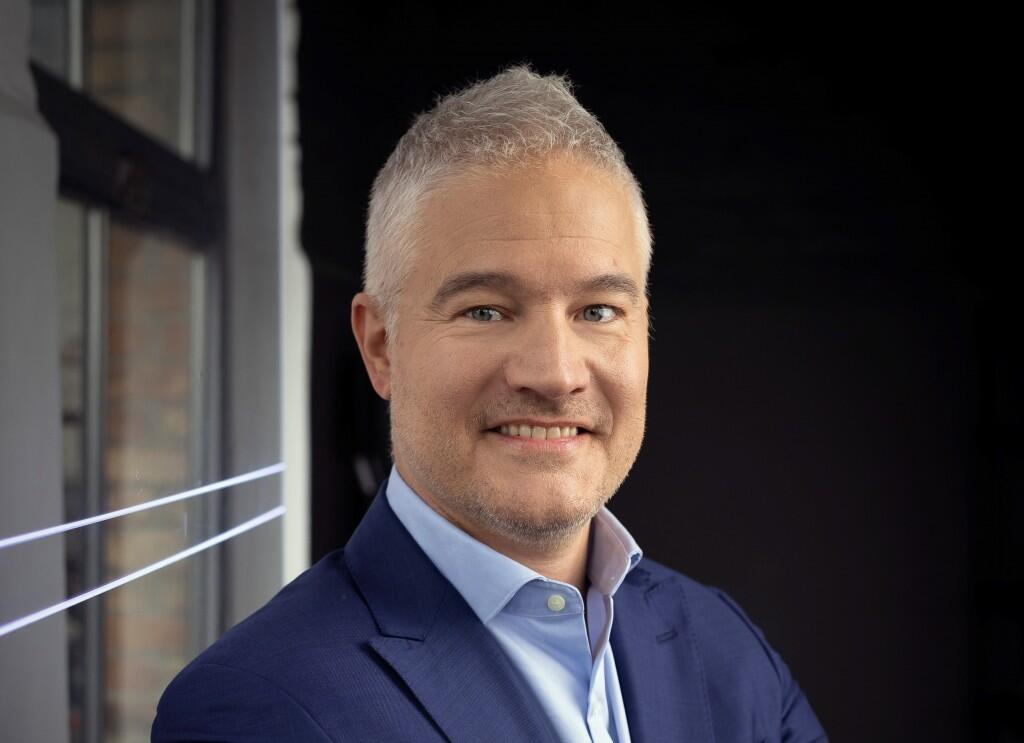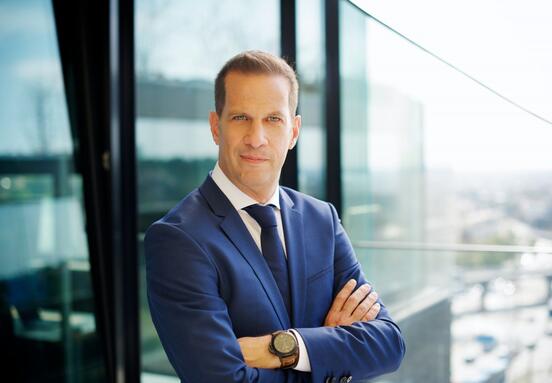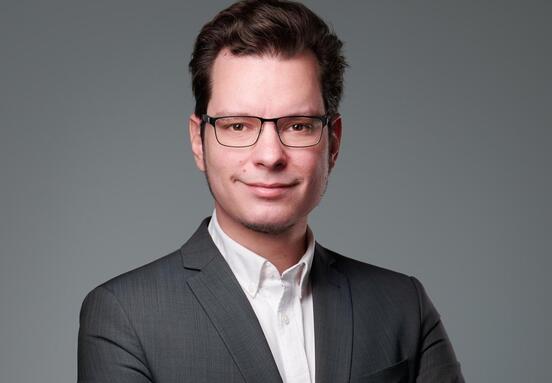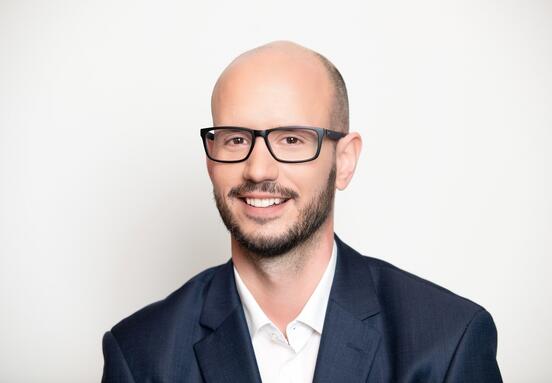We spoke with Mr. László Kemenes, Managing Director of Panattoni Hungary, about the company's domestic strategy, market trends, the role of sustainability, and future challenges. The interview provides insight into how Panattoni Hungary sees its opportunities in the Central and Eastern European region, what factors determine its development decisions, and what innovations and approaches it is preparing for the challenges of the next decade. In addition to professional issues, Mr. Kemenes also talked about his personal motivations and the most important experiences of his career.
- How does the Hungarian market fit into Panattoni’s European strategy, and what competitive advantages does Hungary offer compared to other regional markets?
- Hungary is a key market within Panattoni’s Central and Eastern European portfolio, underpinned by exceptional fundamentals, particularly its strategic positioning within the region. Its geographical location, robust infrastructure, deep industrial heritage, and skilled labour force create an ideal environment for the development of advanced manufacturing and distribution hubs. The country’s well-established industrial ecosystem, especially its strong automotive sector, offers compelling opportunities for international developers and occupiers seeking to expand in the region. The Hungarian real estate market is continuously evolving while remaining highly competitive within Central Europe. Moreover, it offers untapped potential that Panattoni is well-positioned to realise, leveraging our extensive track record across Europe. Our objective is to capitalise on these opportunities to deliver projects that generate long-term value locally.
- What objectives guided Panattoni’s entry into Hungary?
- When we entered the Hungarian market in 2021, our ambition was to introduce institutional-grade industrial real estate development to the country. From the outset, we focused on building a strong local team of experts to deliver client-centric, bespoke solutions, whether in speculative developments or build-to-suit (BTS) projects. Our mission extends beyond delivering buildings; we aim to create sustainable value for local communities, cities, and investors alike.
- Where do your Hungarian developments currently stand, and what are your upcoming milestones?
- In 2023, we completed the Panattoni City Dock Törökbálint last-mile logistics park. Subsequently, we delivered two BTS manufacturing facilities for ZF Chassis Modules: one in Kecskemét, handed over last year, followed by a new facility in Debrecen this year. We are also progressing with our BTS development in Üllő, where Rossmann’s new distribution centre is under construction, with full completion scheduled for the second half of 2025. In addition, we are actively preparing new speculative and BTS pipeline projects in the Greater Budapest area and in key regional markets across Hungary.
- Let’s move up a level! How do you see the Hungarian industrial and logistics property market evolving in 2025?
- We expect Hungary’s industrial and logistics real estate market to remain resilient and active throughout 2025. While speculative development pipelines have become more selective, and occupier decision-making cycles have lengthened, BTS projects – particularly in the manufacturing and automotive sectors – remain a significant driver of activity. The restructuring of regional supply chains, nearshoring initiatives, and ongoing multinational investments, including automotive and electronics FDI projects, continue to underpin robust demand for industrial space in Hungary.
- To what extent are e-commerce growth and supply chain reconfiguration impacting demand?
- Looking back over recent years, we can conclude that e-commerce has had a smaller impact on Hungary’s industrial property market than initially anticipated, especially when compared to the automotive and electronics sectors. The pandemic-induced acceleration of nearshoring has prompted manufacturers to reconfigure and de-risk their supply chains, bringing production activities back to Central and Eastern Europe from previously more cost-competitive markets. This trend now defines occupier demand, shaping both the volume and nature of leasing activity. There is a clear shift towards incorporating value-add functions, such as light manufacturing and assembly, alongside traditional warehousing within the same facility. Additionally, we observe that automation is playing an increasingly pivotal role in the design of new facilities.
- What tenant profiles are most active in the market today, and how has this evolved in recent years?
- In recent years, we have seen a notable shift in market demand. FDI-driven investments in Hungary’s regional cities have diversified the previously Budapest-centric demand profile, shifting the focus from speculative warehouse development towards BTS projects tailored to specific occupier requirements. Today, demand is largely driven by manufacturing and assembly tenants linked to these investments, particularly those within the supplier networks of these industries. Additionally, we see a growing appetite for sustainable, technology-enabled, and highly customised property solutions among occupiers.
- Panattoni is known for its commitment to green certifications. What sustainability practices do you apply within your Hungarian projects?
- At Panattoni, sustainability is not an add-on; it is embedded into our development philosophy. All of our projects in Hungary – whether in Törökbálint, Üllő, Debrecen, or Kecskemét – are developed to the highest ESG standards, targeting BREEAM “Excellent” certification. This commitment encompasses energy efficiency, minimising environmental impact during construction, protecting natural habitats, and managing light and noise pollution. Every building we have delivered to date has achieved certification, and the certification process is currently underway for the Rossmann distribution centre under construction in Üllő.
- How significant are ESG expectations in your development strategy?
- ESG is no longer a market differentiator; it is an essential requirement demanded by occupiers, investors, and lenders. We incorporate ESG considerations from the earliest planning stages, addressing not only environmental (“E”) factors but also social (“S”) and governance (“G”) dimensions. For us, sustainability is integrated throughout the value chain, from technical design and construction through to long-term operation.
- What are the key challenges in developing real estate projects in Hungary?
- The primary challenges we face are driven by macroeconomic conditions and, at the local level, the occasionally unpredictable nature of regulatory processes. Urban planning procedures can be lengthy, and permitting timelines can vary by region. While we have limited influence over macroeconomic conditions, streamlining and accelerating local regulatory processes would enhance Hungary’s competitiveness within the region. Furthermore, the broader economic and geopolitical uncertainties across Europe and the region also impact investor decision-making.
- How does the regulatory environment, such as zoning and infrastructure development, affect investment decisions?
- The impact is significant. Well-prepared sites with reliable infrastructure and clear regulatory frameworks are essential for expediting project delivery. This is why we prioritise comprehensive legal and site due diligence prior to land acquisition. We can move swiftly in locations where the regulatory environment is predictable and local municipalities are supportive of development. Ongoing infrastructure enhancements can also generate additional demand, including for asset classes such as data centres.
- How do high interest rates and economic uncertainty impact investment appetite?
- Unquestionably, it creates a more challenging environment, particularly for speculative developments. However, BTS projects, underpinned by long-term leases and clear occupier commitments, remain attractive to our financing partners. Project transparency, a strong track record, and ESG compliance are key to maintaining access to financing in the current market environment.
- What innovations are you looking to incorporate into future projects?
- We are increasingly focusing on the integration of automated logistics systems, energy-efficient solutions, and smart building technologies within our developments. We aim to deliver facilities that not only meet today’s occupier requirements but are future-proofed to accommodate evolving operational needs. The Rossmann distribution centre under development in Üllő is a prime example, where we are combining a high level of automation with sustainable architecture and energy efficiency.
- How do you see the sector evolving over the next 5–10 years?
- The industrial real estate sector will continue to expand over the next decade, with an increasing emphasis on intelligent, sustainable, and occupier-specific solutions. Modern industrial development is no longer solely about delivering standard warehouses; developers in Central and Eastern Europe must remain agile and responsive to demand for diverse asset types, including data centres, assembly plants, and hybrid facilities that integrate manufacturing, logistics, and distribution functions. I firmly believe the region will continue to leverage its position as a strategic bridge between Western Europe and overseas markets. When combined with technological and infrastructure advancements, the region’s talent pool, culture, and solid market fundamentals will create a highly attractive environment for future investments, benefiting Hungary in the process.
- Please allow me to ask a few personal questions! What professional experience did you bring to Panattoni?
- I have worked in the real estate industry for over two decades, across development, asset management, leasing, and acquisitions. Throughout my career, I have been involved in the development of over 500,000 square metres of new industrial space and have managed a portfolio exceeding 1 million square metres. Prior to joining Panattoni, I led Prologis’ teams in Hungary and Romania, which provided me with not only local but also regional expertise. I believe this experience was instrumental in establishing Panattoni’s successful presence in Hungary.
- What personally motivates you in this role?
- I have always been driven by the desire to create value and to build—not only in the physical sense but also in a business context. It is rewarding to witness how a single-person office evolves into a professional development team, or how a vacant plot of land transforms into a modern, operational facility where people work, production takes place, and economic value is generated. I also believe that sustainable developments are not only financially viable but socially valuable as well. As a leader, I am inspired by the opportunity to see that our work has a meaningful impact, beyond measurable results.
Raktarkereso.info







